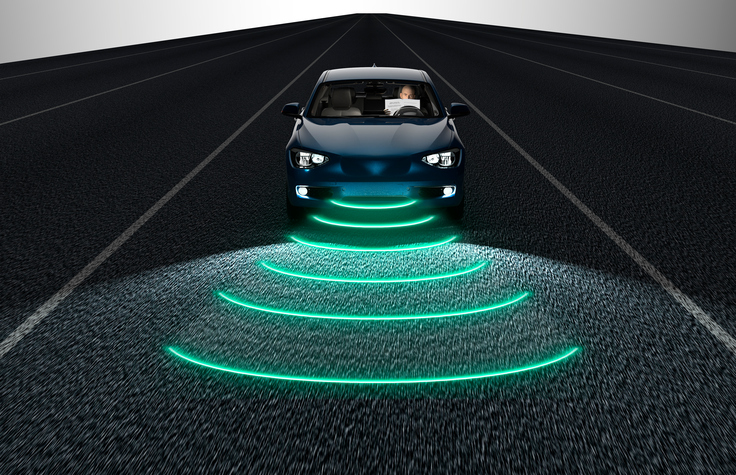By: Jeremy Straub, North Dakota State University
 In the wake of car- and truck-based attacks around the world, most recently in New York City, cities are scrambling to protect busy pedestrian areas and popular events. It’s extremely difficult to prevent vehicles from being used as weapons, but technology can help.
In the wake of car- and truck-based attacks around the world, most recently in New York City, cities are scrambling to protect busy pedestrian areas and popular events. It’s extremely difficult to prevent vehicles from being used as weapons, but technology can help.
Right now, cities are trying to determine where and how to place statues, spike strip nets and other barriers to protect crowds. Police departments are trying to gather better advance intelligence about potential threats, and training officers to respond – while regular people are seeking advice for surviving vehicle attacks.
These solutions aren’t enough: It’s impractical to put up physical barriers everywhere, and all but impossible to prevent would-be attackers from getting a vehicle. As a researcher of technologies for self-driving vehicles, I see that potential solutions already exist, and are built into many vehicles on the road today. There are, however, ethical questions to weigh about who should control the vehicle – the driver behind the wheel or the computer system that perceives potential danger in the human’s actions.
(more…)


 In the wake of car- and truck-based attacks
In the wake of car- and truck-based attacks